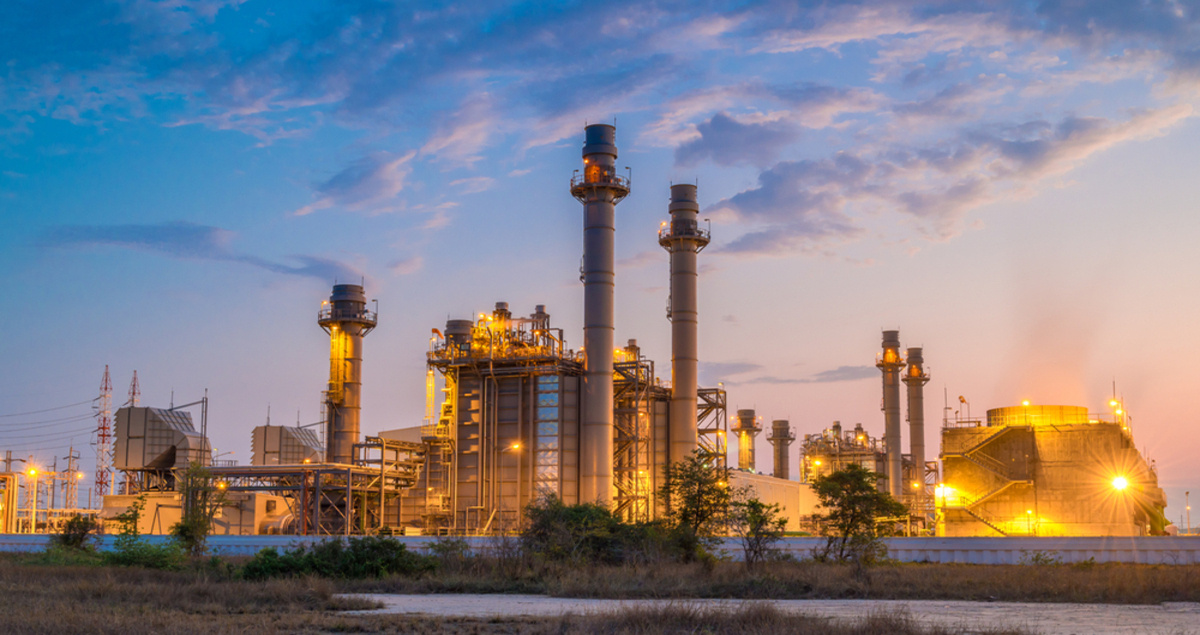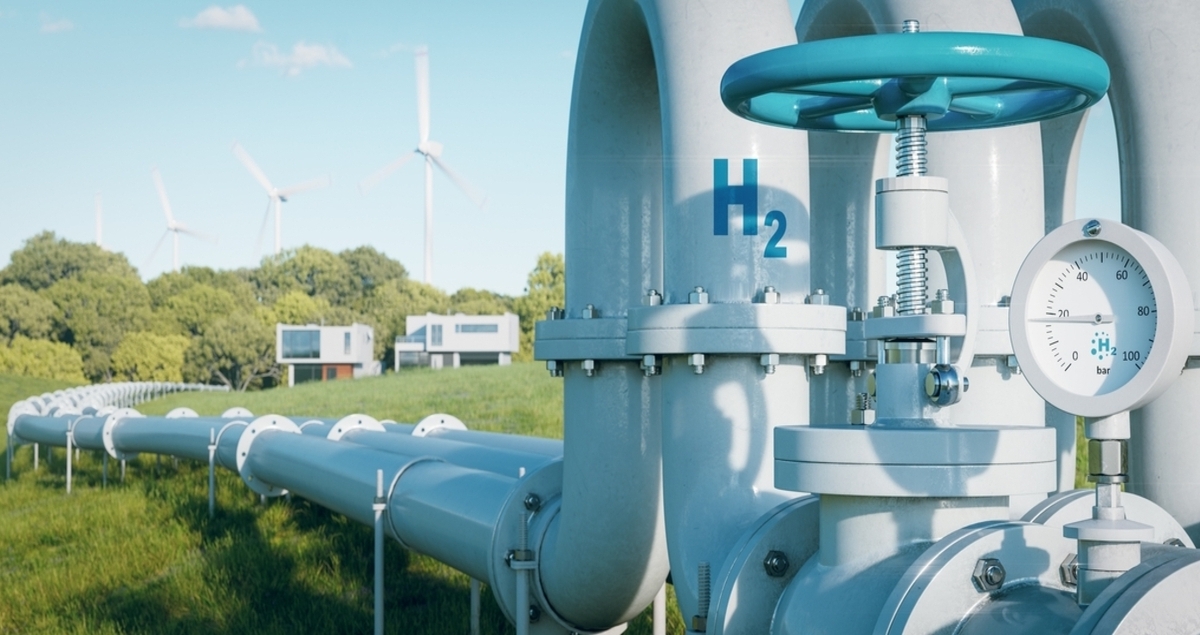Transition bonds: What are they and how do they help decarbonize?

Green bonds, blue bonds, sustainability-linked bonds … the world of energy transition finance can be a confusing place for the uninitiated.
“The use of innovative financial tools and mechanisms,” said the organizers of an event at COP27 in Egypt, “can be an effective vehicle to channel funds to projects and translate NDCs [nationally determined contributions] and NAPs [national adaptation plans] into investment action plans”.
Yet instruments like these are also increasingly important to industry majors looking to finance more sustainable infrastructure projects. And, recently, a new type of bond has emerged: the transition bond.
A total of 11 transition bonds were issued during 2020 and slightly more in 2021. The first half of 2022, however, saw 23 transition bonds from 17 issuers, totalling $2.1billion, the latest available analysis shows.
So what are transition bonds and how do they differ from other energy transition finance instruments?
What are transition bonds?
As more companies seek to reduce their environmental impact, transition bonds could play an important role in helping carbon-intensive industries improve their green credentials.
According to the Oxford Business Group, this relatively new type of bond is often issued in fields that would not normally qualify for green bonds, such as large carbon-emitting industries like oil and gas, iron and steel, chemicals, aviation and shipping.

How do transition bonds differ from green, blue and sustainability-linked bonds?
Aptly named green bonds usually provide a source of direct finance for pre-identified environmentally friendly projects, like solar power farms or sustainable waste management facilities. A company's total environmental profile and commitment to reducing its carbon footprint is often assessed before it is eligible for funding.
Blue bonds are a subset of green bonds and provide financing for projects related to ocean conservation, for example, renewable energy infrastructure like offshore wind farms or sustainable marine and fisheries projects.
Sustainability-linked bonds are connected to long-term sustainability goals. Funds from these bonds can be used for any project, provided certain sustainability improvements are met — such as reducing emissions by a set amount within a predetermined deadline.
Transition bonds sit somewhere in between green and sustainability-linked bonds. Like green bonds, the finance they provide is directed at a specific project. But, as with sustainability-linked bonds, the bond issuer isn’t required to already be operating sustainably but is usually in the process of transitioning to lower-carbon operations — such as a fossil fuel project aiming to reduce its emissions.
What examples are there of transition bonds?
One major example is the $216.6 million transition bond issued by the European Bank for Reconstruction and Development to finance its portfolio of green transition projects.
Meanwhile, Mitsubishi Heavy Industries (MHI) Group issued its inaugural JPY 10 billion five-year transition bond in September 2022.
Proceeds from the bond will be used to finance and/or refinance eligible projects, such as those aimed at decarbonizing existing energy infrastructure, building hydrogen infrastructure and solutions to capture, store and utilize CO₂.
The bond was selected as a model example for the 2021 Climate Transition Finance Model Projects by the Ministry of Economy, Trade and Industry of Japan (METI).

What scenarios might they be used in?
Some major lenders — including the Asian Development Bank (ADB) — refuse to fund coal mining or oil and natural gas production and exploration.
However, transition bonds could play a key role in emerging markets, as the ADB has announced it will continue to give financial support to plants transitioning to cleaner solutions.
Transition bonds look set to benefit from the global trend toward sustainable finance, supporting heavy-emitting industries in their efforts to decarbonize.
Are they green?
Concerns have been expressed about transition bonds providing a potential outlet for greenwashing, or “transition washing” to coin a more recent term, where a company’s environmental performance or intentions are exaggerated or misrepresented.
While transition bonds can finance carbon-intensive markets, they are also specifically designed to fund lower-emissions projects.
Transparency concerns could stem from the absence of clear and consistent international standards regulating sustainable finance bonds. However, moves are being made to address this issue.
The International Capital Market Association published the Climate Transition Finance Handbook in 2020, containing guidance on issuing a transition bond. And not-for-profit organization the Climate Bonds Initiative is working to establish universal standards to boost transparency in the transition bond market.
Increased transparency on bond issuance and governance should help improve understanding and take-up of this nascent financial tool.
Discover more about MHI's transition bond




